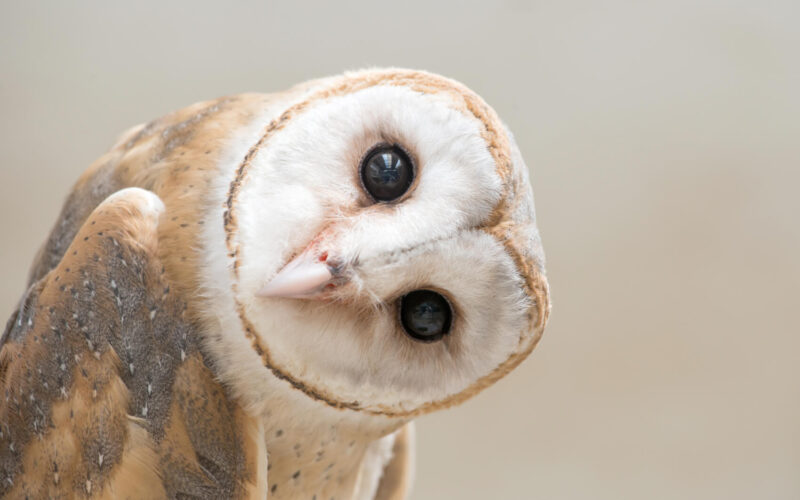Airbus brands itself as an expert of biomimicry ‒ taking inspiration from nature by observing animals and trying to reapply some things they do in their engineering. While many of these projects are still in the development stage, below are five examples of aviation’s inspiration on nature.
5. Silent planes
Not exactly an aircraft concept, but rather improvements for their parts such as wings or landing gear come from Airbus’ studies of owls. Contrary to most birds, owls have primary feathers serrated like a comb. These feathers allow the air to pass easily through their wings, which, in turn, muffles the sound of air flowing over the wing.
The European aerospace company is studying these birds in hopes of unlocking the secret of silent flight, and some of its current ideas include retractable, brush-like fringe on aircraft’s wings and a velvety coating on a landing gear.
4. Airbus fello’fly project
With the fello’fly project, Airbus is experimenting on alternative flying techniques of commercial aircraft that could boost fuel savings. Having officially unveiled the concept during the Dubai Airshow in November 2019, Airbus reportedly began flight tests with two of its A350XWB aircraft in March 2020.

Fello flight demonstrator. Image: Airbus
The fello’fly idea is heavily embedded in biomimicry and is based on snow goose and their “wake-energy retrieval” flight technique. In other words, geese flocks often fly in a “V” shape, which allows them to stay aloft over long distances with minimal fatigue.
In this formation, birds benefit from free lift: follower geese surf on the wakes (left-over kinetic energy of moving air) created by the leader bird, Airbus observes. The company hopes to apply this model to commercial air travel, as flying in formation would allow for 5% to 10% fuel savings per trip, as its own studies show.
3. Airbus Bird of Prey
Bird of Prey is Airbus’ concept of a hybrid-electric, turbo-propeller regional aircraft for up to 80 passengers. It is heavily inspired by soaring birds, in particular bald eagles and their long, broad wings. Bird of Prey design mimics the eagle’s wing and tail structure, and even has individually controlled feathers for active flight control.

Bird of Prey. Image: Airbus
The theoretical design was unveiled at the Royal International Air Tattoo event in July 2019. The concept is not intended to represent an actual aircraft though, as Airbus cautions.
2. Airbus A320neo wing sharklets
All new Airbus A320neos, and some of the older A320 family planes, feature upwards-bent wingtips ‒ sharklets. They are used to reduce induced drag when an aircraft is airborne by reducing the size of wingtip vortex.
As the sharklet name suggests, the technology is named after white sharks, in particular, their dorsal fins. Airbus observed movement similarity between a shark and an aircraft. For instance, to move forward, the shark swings its tail to push water around its fins, while the aircraft pushes air around wings to create a lift. In addition, “shark also has dorsal fins that work exactly like the vertical stabiliser wing on an aircraft, giving it exceptional manoeuvrability,” the company has outlined.
1. Airbus Beluga
This list would not be complete without the mention of the animal after which Airbus super-transporter is named after. While contrary to all of the concepts above, Airbus never mentioned the Beluga whale as inspiration for engineering the Beluga ST or XL, the similarity between the heavy-weight airlifter and the animal is uncanny; and widely admired.


